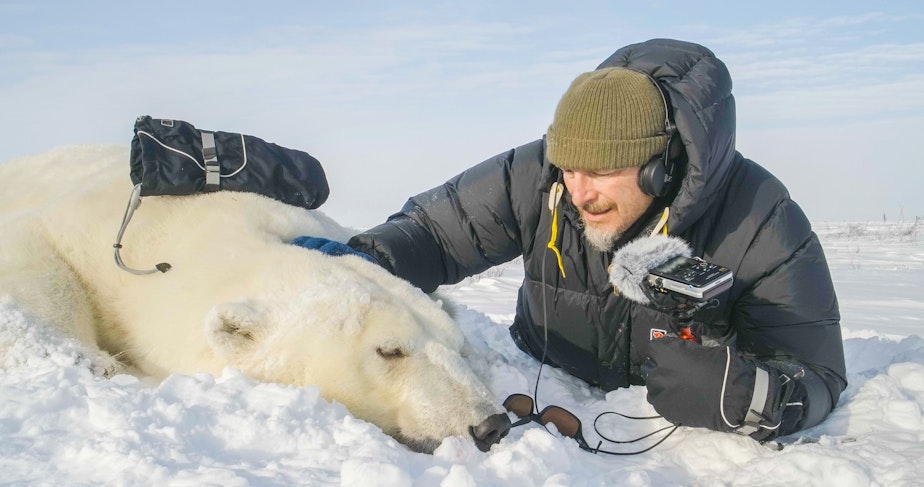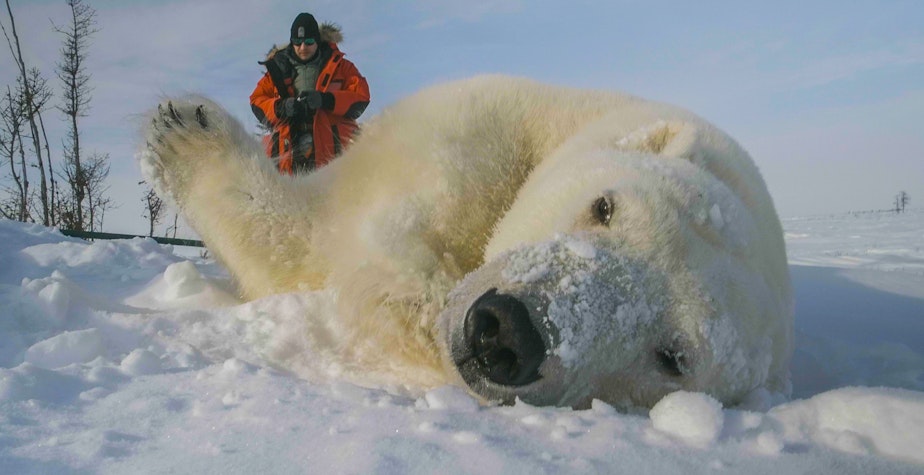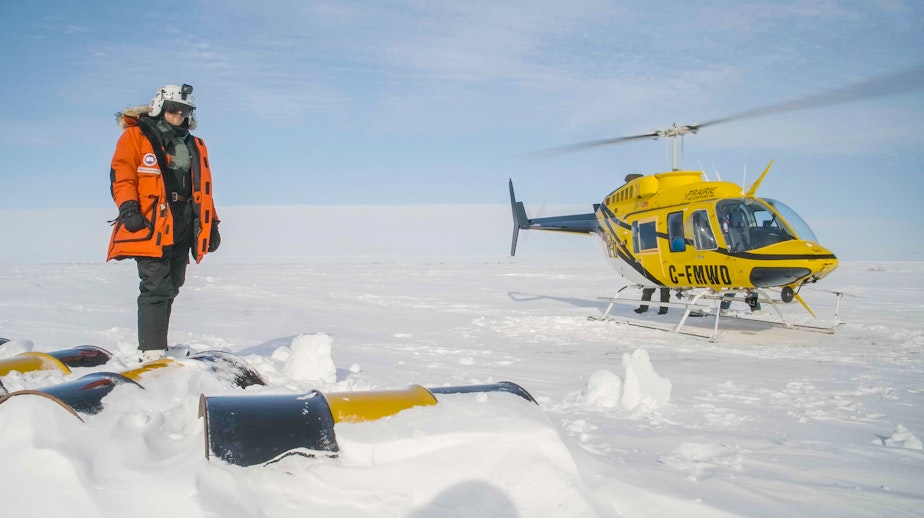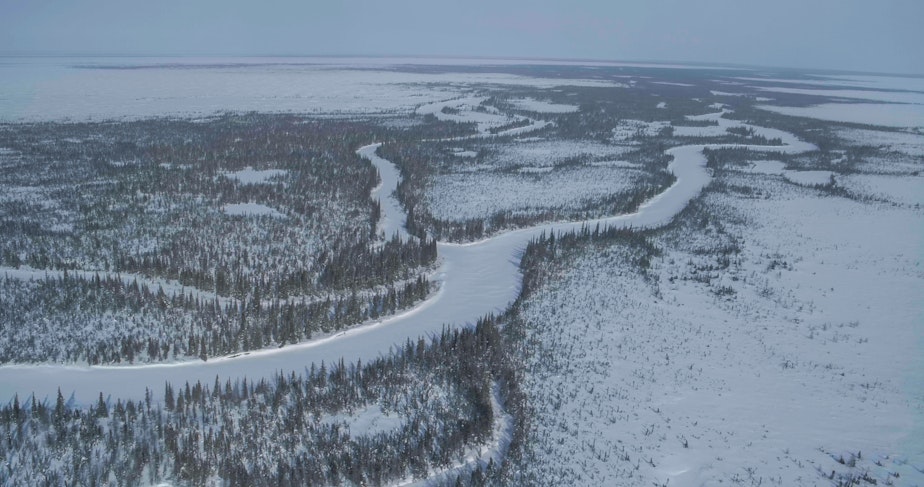The polar bears of Hudson Bay: cubs, climate, and calories, part 1

The sea ice of Hudson Bay is what makes life possible for polar bears. It’s as important to them as the air they breathe.
“I mean, polar bears — their whole life history has evolved around sea ice, right? Everything they do is focused on the sea ice," said Dr. Nick Lunn, a veteran polar bear biologist I’ve come to visit in Churchill, Manitoba. "That's where they hunt seals. That's how they put on all their weight.”
For the last 42 years, Lunn has been studying this population of Hudson Bay polar bears in northeastern Canada, and the impacts of climate change on the subarctic.

We’ve all seen it: the image of the polar bear sitting on a slowly melting chunk of ice — it’s almost become a cliché. It’s that unseen thing happening in some place far, far away.
Sponsored
But here, it is very real for every individual polar bear.
Every year, hundreds of bears move through this area and they’re forced to come ashore in the summer when the ice melts — a grueling annual migration that pushes the bears from ice to land and back to ice again.

But people live here too, changing with the times alongside the bears, and often right in their path.
“So I see bears not as friendly, but not scary, you know? I think they're just trying to survive and we happen to be in their way" said Georgina Berg, a local resident of Churchill and member of the Cree Nation. "We planted ourselves in their path that they took for millions of years, you know? And so we have to respect that.”
Sponsored
But there’s one group of bears that’s not out on the ice: mother polar bears. Right now, they are still on the land, cozy in their dens, nursing their new tiny cubs. Those families are about to start an epic springtime journey from the land to the sea ice, emerging from their snow-covered birth dens into a bewildering new world to join the other bears out on the frozen bay.
The life of any polar bear is astonishingly brutal, but the life of a new mother is an extraordinary tale of determination and grit against the forces of weather and time.
Here, it’s possible to watch how the changing seasons of our planet are shifting the traditions of the place, the polar bears, and the people of the north.
These bears are the litmus test for all of it.

Sponsored
THE WILD is a production of KUOW in Seattle in partnership with Chris Morgan Wildlife and Wildlife Media. It is produced by Matt Martin and Lucy Soucek, and edited by Jim Gates. It is hosted, produced and written by Chris Morgan. Fact checking by Apryle Craig. Our theme music is by Michael Parker.
Follow us on Instagram (@thewildpod) for more adventures and behind the scenes action!





